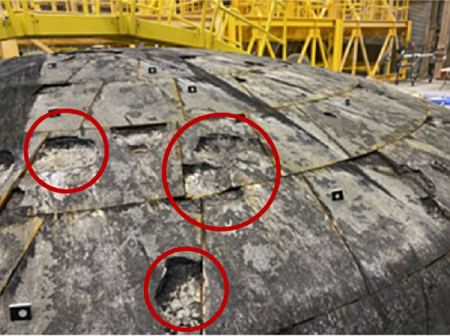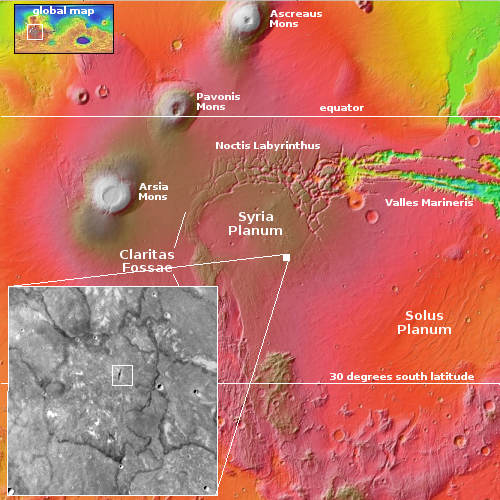Two lawsuits filed against NASA at its Marshall Space Flight Center
Two lawsuits against NASA’s Marshall Space Flight Center were announced yesterday, one by several employees citing discrimination and the second by the government union representing Marshall employees protesting the Trump executive order that strips it of its collective bargaining rights.
The timing of both announcements strongly suggests the lawsuits are a coordinated effort. The discrimination suit protests the demand of the Trump administration that government employees come back to the office to work. The suit says the agency has not made reasonable accommodation for the suing employees to work at home. It also appears that the lead employee in the suit has made it a habit of doing so, having already won $30K in a settlement of a 2024 lawsuit.
The second suit is of course more significant, as it challenges the president’s power.
The complaint, filed in the U.S. District Court for the District of Columbia, seeks to invalidate Executive Order 14343, issued by President Trump on Aug. 28. The order excludes NASA and five other agencies from coverage under the Federal Service Labor-Management Relations Statute (FSLMRS), effectively terminating their union representation rights on the grounds of “national security”.
According to the complaint, the Trump Administration justified the exclusion by claiming these agencies have a primary function of national security work and that collective bargaining is inconsistent with those requirements. A White House Fact Sheet accompanying the order stated that collective bargaining “can delay the implementation of time-sensitive national security measures”.
IFPTE vehemently disputes this characterization. The union argues that NASA’s primary mission is “not national security,” but rather scientific exploration for the “benefit of all humanity”. The complaint cites the National Aeronautics and Space Act, which states that “activities in space should be devoted to peaceful purposes for the benefit of all humankind”.
The existence of all these government unions comes originally from an executive order by President John Kennedy. It seems Trump should have the right to cancel that order. The lawsuit also argues no, that Trump is acting beyond his legal authority.
Isn’t it interesting how presidents who are Democrats always have the power to issue executive orders n matter how outrageous (such as was done frequently by Obama and Biden), but Republican presidents like Trump do not.
Two lawsuits against NASA’s Marshall Space Flight Center were announced yesterday, one by several employees citing discrimination and the second by the government union representing Marshall employees protesting the Trump executive order that strips it of its collective bargaining rights.
The timing of both announcements strongly suggests the lawsuits are a coordinated effort. The discrimination suit protests the demand of the Trump administration that government employees come back to the office to work. The suit says the agency has not made reasonable accommodation for the suing employees to work at home. It also appears that the lead employee in the suit has made it a habit of doing so, having already won $30K in a settlement of a 2024 lawsuit.
The second suit is of course more significant, as it challenges the president’s power.
The complaint, filed in the U.S. District Court for the District of Columbia, seeks to invalidate Executive Order 14343, issued by President Trump on Aug. 28. The order excludes NASA and five other agencies from coverage under the Federal Service Labor-Management Relations Statute (FSLMRS), effectively terminating their union representation rights on the grounds of “national security”.
According to the complaint, the Trump Administration justified the exclusion by claiming these agencies have a primary function of national security work and that collective bargaining is inconsistent with those requirements. A White House Fact Sheet accompanying the order stated that collective bargaining “can delay the implementation of time-sensitive national security measures”.
IFPTE vehemently disputes this characterization. The union argues that NASA’s primary mission is “not national security,” but rather scientific exploration for the “benefit of all humanity”. The complaint cites the National Aeronautics and Space Act, which states that “activities in space should be devoted to peaceful purposes for the benefit of all humankind”.
The existence of all these government unions comes originally from an executive order by President John Kennedy. It seems Trump should have the right to cancel that order. The lawsuit also argues no, that Trump is acting beyond his legal authority.
Isn’t it interesting how presidents who are Democrats always have the power to issue executive orders n matter how outrageous (such as was done frequently by Obama and Biden), but Republican presidents like Trump do not.












